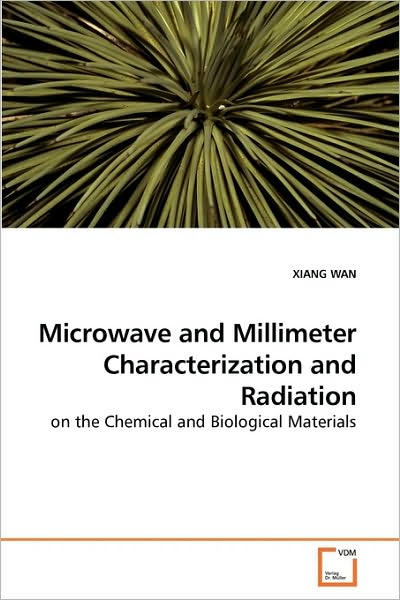
Vertel uw vrienden over dit artikel:
Microwave and Millimeter Characterization and Radiation: on the Chemical and Biological Materials
Xiang Wan
Microwave and Millimeter Characterization and Radiation: on the Chemical and Biological Materials
Xiang Wan
The ability of microwave and millimeter wave radiation to detect biological agents, with a particular focus on anthrax spores, has been investigated. The characterization measurement technique for powder dipicolinic acid sample up to 170 GHz is based on standard waveguide configuration. A variety of network analyzer systems and scalar analyzer systems have been developed and applied to make the transmission and reflection measurement from X band to D band. No resonance has been found in dipicolinic acid. A multilayer CPW sensor has been designed to test the liquid sample such as keratin, DNA and bacteria subtilis solution up to 40 GHz. Simulation and numerical calculation help to separate the radiation loss from the total loss, therefore, the dielectric properties can be deduced from the extracted dielectric loss. Measurements of liquid samples like ethanol, methanol and water have a good compatibility with theoretical prediction. The ultimate objective is to find the resonances then apply high power microwave at those frequencies to kill the spores "locally" based on the nonthermal heating mechanism.
| Media | Boeken Paperback Book (Boek met zachte kaft en gelijmde rug) |
| Vrijgegeven | 9 maart 2010 |
| ISBN13 | 9783639148855 |
| Uitgevers | VDM Verlag Dr. Müller |
| Pagina's | 240 |
| Afmetingen | 358 g |
| Taal en grammatica | Engels |

 Kerstcadeautjes kunnen tot en met 31 januari worden ingewisseld
Kerstcadeautjes kunnen tot en met 31 januari worden ingewisseld


